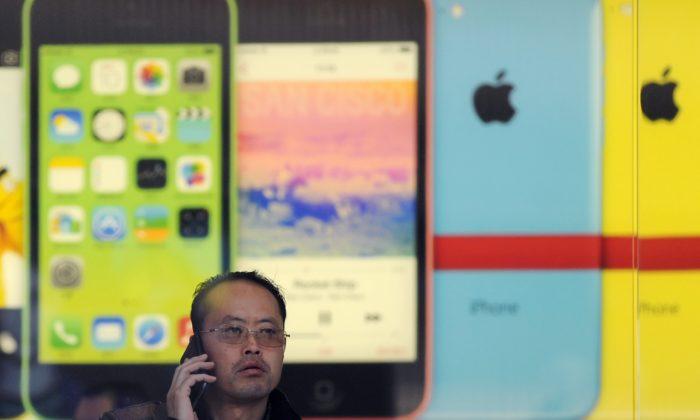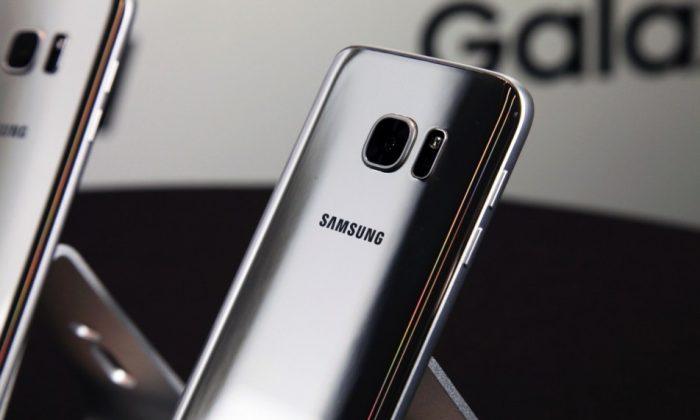With Christmas coming up, the chances are that good you’re considering buying a new smartphone. The special Black Friday and Cyber Monday sales are already gone, but you can still get the smartphone upgrade of your dreams for a great price. However, you might have to deal with carrier contracts to make your dream a reality, and you might even have to switch carriers to get a better offer on a particular phone model – or you might want to change mobile operators for entirely different reasons.
The bad news is that there might be some costs involved that you'd better be ready to pay up. The good news is that you can easily switch carriers if you want and some of them will be prepared to take care of those extra those costs for you.
MUST SEE: It looks like Android fans really do want an iPhone clone
As a simple Lifehacker guide explains, there are various steps you need to consider before making the switch. First, you need to find out how much you still owe your current carrier for your contract and phone. Then you need to determine how much the new carrier is willing to pay to cover your Early Termination Fee (ETF) and your phone. These steps often involve money changing hands, and you'll be doing most of the paying.
Finally, you need to make sure you’re ready for a smooth transition to your new phone, and that involves handling backups and data transfers. To many tech-savvy smartphone buyers, all the steps above sound natural enough, but if you’re a new user, you might run into some issues along the way.
The carrier
Before you switch, you should get plenty of information on your current contract and phone. Call your carrier and ask them straight out about your ETF. Once you have a number, make sure you have the cash to cover it, and resist the temptation to upgrade your current contract, especially if you want to ditch your current cell phone service provider. Customer care reps will probably throw some offers your way to convince you to stay.
Also, make sure you don’t cancel your service at this time. You'll probably want to transfer your current number to the new carrier. So instead of canceling your plan during that call, which means canceling your number, you should ask the new carrier to port your current phone number for you, which will initiate the termination process with your old carrier.
Now that you know how much money you have to pay your carrier – ETF and full phone cost – check out what the new mobile operator is willing to offer you in return for becoming a subscriber. The Big Four all have plans in place to refund your ETF, but they vary… and you might have to wait a few months to get your ETF refunded.
Here’s what AT&T, Sprint, T-Mobile and Verizon will pay for you deciding to switch over, as listed by Lifehacker:
- AT&T: $100 bill credit for switching to AT&T and $200 in credits if trading in an eligible phone
- Sprint: pay off entire old contract with American Express Reward Card, but you'll also have to give the carrier your old phone
- T-Mobile: pay off entire old contract and outstanding phone payments with Visa Prepaid card, but you'll also have to give T-Mobile your old phone
- Verizon: $300 in Verizon credit for trading in your old phone
Even so, these carriers will not pay you what you’re due the minute you’ve switched over, especially when it comes to ETFs. That means you have to pay your balance with your old carrier first, keep proof of payment and mail it to your new carrier. It might take a few months for the refund to be processed.
Of course, if you don’t want to get a contract anymore – a wise decision – then don’t expect any carrier to buy you out of your current contract. Also, don’t expect significant discounts for smartphones when going the prepaid route.
The phone
Even if you don’t plan to upgrade phones, you should know that your old phone might not work on the new network. AT&T and T-Mobile have GSM networks in place that makes moving from one to another a rather simple process. But Verizon and Sprint have CDMA networks. That means switching from GSM to CDMA requires new hardware in most cases. Even moving from Verizon to Sprint or vice-versa might be problematic.
As a result, you might have to switch phones when choosing a different carrier regardless of whether you like it or not.
In that case, make sure you backup your data first if you’re already using a smartphone. Whether you’re on Android or iPhone, there are many tools to save your contacts, pictures and videos, calendar, email, personal files and media files. You can perform regular backups automatically to a cloud of your choice, or manually on a computer.
When it comes to moving that data, there are special apps for that, that will quickly take you from Android to iOS and vice-versa. But don’t use them – and don’t ditch your phone – before you’ve backed everything up.
Once you do save your data, make sure you delete that data from your old smartphone. That means you'll have to perform a reset to factory settings – and you should sign out of Find My iPhone and similar phone tracking apps – and then manually check that your personal data has indeed been removed from the device.
As you can see, switching to a new smartphone and carrier this Christmas can be complicated whether you go the prepaid or postpaid route. Be sure to have cash saved for up-front costs on top of the price of your new smartphone, and remember to protect your private data.
This article was originally published on BGR. Read the original article.




